First Major South African Air Crash for South African Airways
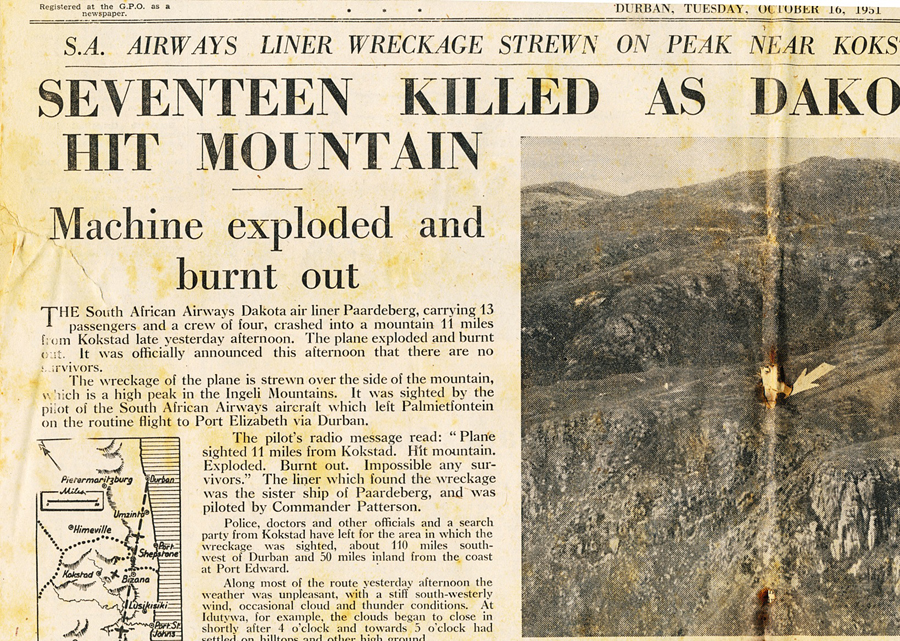
A portion of the front page of The Natal Daily News in Durban, Tuesday October 16, 1951.
Seventeen Killed as Dakota Smashes into Mountain
A horrific South African air crash made headline news on Tuesday, October 16, 1951, after 17 people were killed when a South African Airways (SAA) Dakota, the Paardeberg crashed into a mountain and exploded in the air. There were 13 passengers on board, including my maternal grandfather, Archie Cramer, and four crew members.
It was reported to be the first major South African air crash involving an SAA plane.
The weather was described as very “unpleasant” with wind that had up to 50 miles an hour velocity and visibility was said to be low. There were also said to be “occasional cloud and thunder conditions”. The last known communication from the plane was at 3.48 pm when the pilot radioed their expected time of arrival at Stamford Hill (Durban) as 5.35 pm. When it didn’t arrive, a search was started.
The next morning, the pilot of the Paardeberg’s sister plane spotted the burnt out wreckage of the missing Dakota strewn over a large patch of mountainside. It was clear to him that the plane had crashed into the mountain and exploded. It was also very clear that there were no survivors.
The mountain into which the plane crashed is about 7,500 feet (2,280 meters) above sea level and the only high ground in the immediate area. It was about 11 miles (about 18 km) south of Kokstad which is situated inland between Port Shepstone and Port St. Johns.
During the period of time that the plane was “missing”, ships at sea were alerted and the well-known mailship, Capetown Castle was on the look-out, using its radar equipment. South African Airways Sunderlands and Harvards were on standby in Durban, while SAA Lodestars flew along the likely route the plane had taken and then on parallel courses up and down the coast.
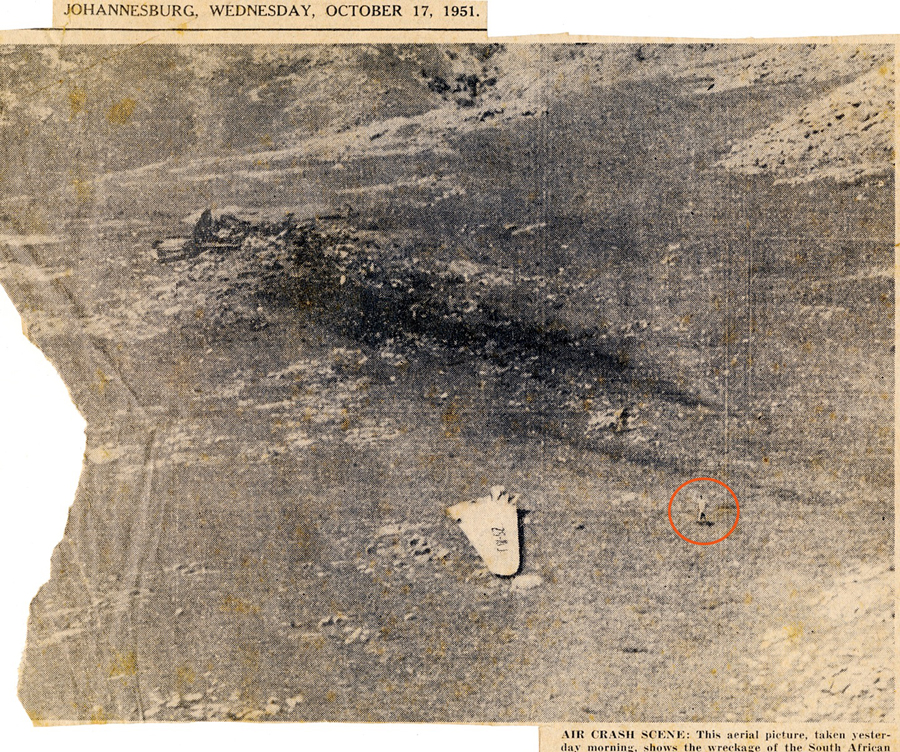
Just before this South African air crash, people on the ground reported hearing the droning of heavy motors at different times (and in different places) during the afternoon of Monday, October 15. At about 4 pm, at Mendu, which is 20 miles (32 km) from the Bashee River mouth, an aircraft was heard flying very low in thick cloud. There was also a report of a plane flying over Tsolo – which is 90 miles (145 km) north west of Kokstad, at about 4.30 that afternoon. The Paardeberg was the only “big” plane on the route at that time.
Later, a board of enquiry said that one of the contributing factors to the crash was the “unserviceability” of ground-based radio navigational aids along the route.
SAA’s Safety Record
The Paardeberg South African air crash was the first major accident in the history of SAA, as well as the first in which people had died. It was reported at the time that SAA had an exceptionally good safety record.
Since the end of the Second World War (1945) the national carrier had flown 35 million miles (more than 56 million km) on both internal and external routes. By 1951 SAA aircraft reportedly flew more than 7 million miles (more than 11 million km) per year. It had reported carried a total of about 900,000 passengers safely.
There had previously been three fatal air crashes involving South African passenger planes, but all owned by private charter companies. In January 1950 12 people died when a Dove crashed near Ixopo, which is about 63 miles or 104 km south-east of Kokstad. In December 1948, 13 lives were lost when a Dakota crashed in Italy. And in May 1948, 13 people died when a Dakota crashed near Vrede in the Free State, South Africa.
Crew and Passengers Who Died in the Paardeberg South African air crash
Commander Douglas Ellis, said to have been in his mid-thirties, was captain of the ill-fated Paardeberg. Previously a transport pilot in the South African Air Force, he was very experienced, with between 7,000 and 8,000 flying hours. The first officer was Fred Joubert, who was in his early thirties. The wireless operator was a Mr. le Roux, and the air hostess, Miss Mary Bondietti, both from Cape Town. Ellis and le Roux were from Germiston in Gauteng, while Joubert was from Benoni.
Ironically, three of the passengers killed, Dulcie James, 31 and her two children, Deborah, 6, and Meyrick, 2, were listed as being from Valley Green in Elgin in the Western Cape. Valley Green is an apple farm that was owned by my cousin Jean Beaumont’s (born Swift) father-in-law in the 1960s, 70s, and 80s. Newspaper reports stated that Mrs. James (formerly Timson) was flying to Durban where her husband’s parents lived. Her husband, Mr Meyrick James was travelling by car with her oldest child, Paullie. Mrs. James had previously been married to a SAAF pilot, Captain Paul Hahn, who was killed in an air crash in the Western Desert during World War II.
An Italian count was also killed. Director of a fibre and paper factory that was being established in Port Elizabeth, Count O. Minerbi was a member of a Rome-based family that held one of the oldest titles in Italy. Prior to the war, he had been Italian Consul in both Barcelona and Alexandria. He was also reportedly a very keen sportsman and had represented Italy three years running in the David Cup tennis championships.
My grandfather, who at the time was regional director of the Schlesinger organization in Natal, was on his way back to Durban from Cape Town after visiting his daughter (my mother) and his grand-daughter (me). His wife, Mabel Cramer, was still in Cape Town with us. A former public prosecutor, he had previously been chairman of the South African Citrus Board and the Deciduous Fruit and Co-operative Citrus Exchange (South Africa). For three years he was president of the South African Automobile Association.
Other Fatal SAA Flights
On April 8, 1954, a de Havilland Comet leased from the British Overseas Airways Corporation (Flight SA201) crashed off the Italian coast en route from Rome to Cairo and Johannesburg. All 21 people on board died. The cause of the crash was ruled to be a flaw in the design of the plane.
On March 13, 1967, a Vickers Viscount 818, the Rietbok, crashed into the sea while it was approaching East London. All 25 people on board were killed. While no official cause was found for the accident, investigators said that they “couldn’t rule out” the possibility of the pilot having a heart attack and losing control of the aircraft.
On April 20, 1968, Pretoria, a Boeing 707 that had only been in service for six weeks crashed near Windhoek in Nambia (previously South West Africa). The plane had descended too quickly due to human error and 123 people were killed.
On November 28, 1987, a Boeing 747 named the Helderberg crashed into the Indian Ocean while en route from Taiwan to Johannesburg via Mauritius. It was found that there had been a fire in the main cargo hold, but the cause of the fire has never been confirmed. The most popular theory is that there were nuclear armaments in the hold and that these exploded. All 159 people on the plane died.

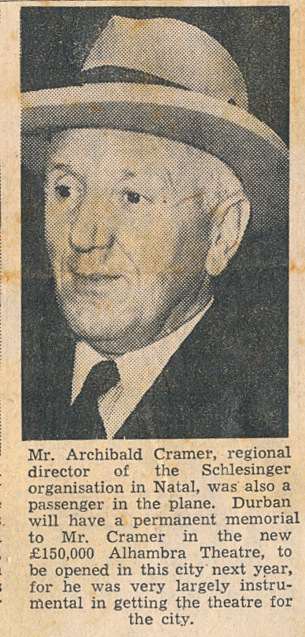
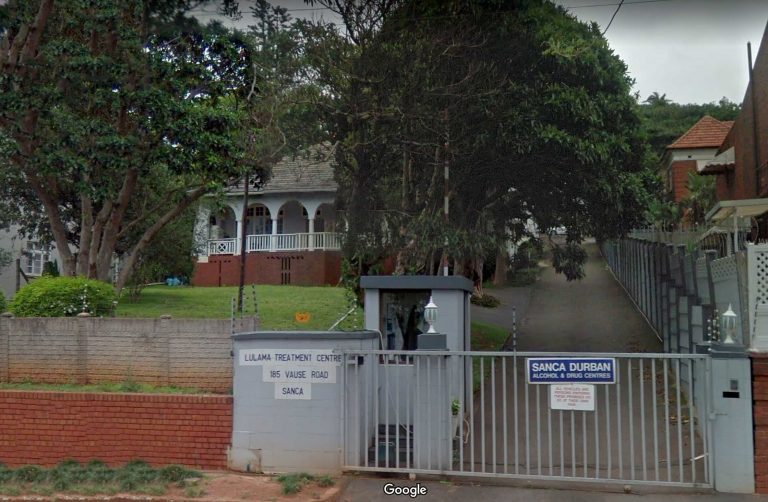
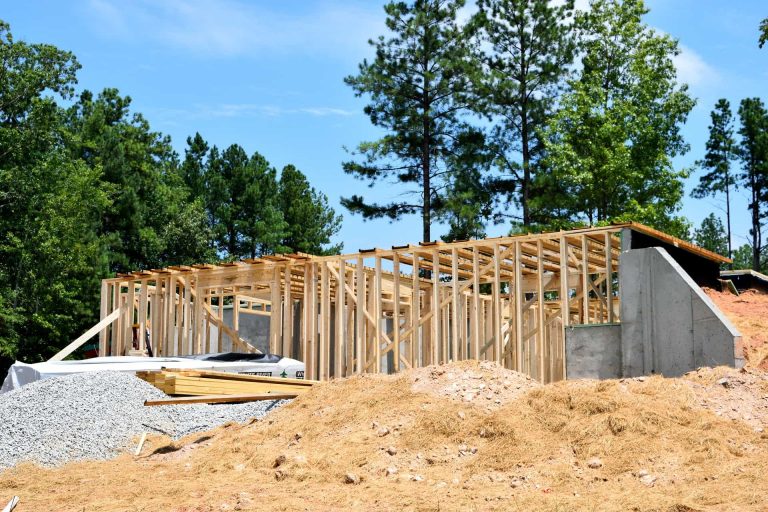


Hi
The headline is in fact not correct. SA’s first commercial Aircraft crash was on May 15th 1948 – A DC-3 names “City of Durban” operated by Mercury aviation crashed into “Spitskop” on Rosedale Farm near Memel in the Traansvaal (as it was then). All 13 on board were killed on impact including my aunt, Pauline Rauch, who was the airhostess on duty.
NB The Paardeberg South African air crash was the first major accident in the history of SAA … I do mention that there had previously been fatal air crashes involving South African passenger planes, but all owned by private charter companies.
Hello Penny
My maternal grandmother was Dulcie James. Do you have any more press cuttings I could see?
Kind regards
Anne Marie Bury
Hello Anne Marie
I have newspapers regarding the accident, please mail me on tangmere@mweb.co.za and I’ll forward them to you.
Rgds
Steve
Hello Penny, my condolences to you. The loss of a family member that I have never met would cause tightening of my chest. Only you can describe the pain that you are suffering.
As far as the “SAA Helderberg” is concerned, I can confirm with 95% confidence that there were NO nuclear devices on board that flight.
Shalom.
Bruce
Hi Penny
My condolences to you as well. My grandfather was also on the flight (Petrus le Roux, the wireless operator). He came from Wellington in the Western Cape, but relocated to Germiston after returning from WW2 and commencing work for SAA. He did a lot of flying with them in the post-war years, both locally and internationally to Europe… his diary documents their hop-scotch trips up through Africa from one city to another, as air travel had to back in those days. He died a few days before his 31st birthday, leaving behind his wife of 18 months and their baby daughter (my mother, aged six months). He was supposed to have been on leave that week, but his had been rescheduled owing to operational requirements so he was working on that particular flight. From what I understand, one (or more) of the ground based navigational beacons was out of order which resulted in the plane being fatally off course in bad weather. It was a life changing event for my grandmother, mother and our family, as it was for you and others connected to those who perished.
My mother visited the actual crash site at Ingeli a few years ago, guided by locals who drove with her and my father up the mountainside. It was a very emotional visit for her, to see the scars in the landscape that are still there from the accident although now softened by time… a reflection of the scars that still run also across her heart. She paid special tribute there and said a final farewell to the father she never knew.
My daughter, Ulricke Gibbs’s, comment is above. She posted this link to me this morning.
This year I celebrated my 70 th birthday in April and today, the 15th October, it is the 70th remembrance anniversary of the air crash in which my father died.
My thoughts today are with all family members and friends who lost a loved one in this crash.
Very sad the loss of life so tragic I have a copy of a photo taken of the crashed plane, but it is distressing as there are graphic remains of some victims shown. I do not know if this should be seen by those that lost their loved ones.
Pls advise.
0713168188 personal cell nr.
I visited the site in 1963 while attending school at KHS. The site had been cleared by then.
Hi, Penny
My Grandmother’s sister, Aunt Emmy was married to the Commander, Douggie Ellis of the DC-3 Paardeberg when it crashed. She is still alive and is a hundred and three years old. She can remember the details of the accident remarkably well after all these years.
She has written to me a few years ago and shared her memories and feelings of the tragedy. My Son is a Helicopter Pilot in the South African Air Force and is transferred to Durban from the 1st of January 2023 and we plan to get authority to fly aunt Emmy out to the crash site. They do all their mountain flying training in that area so he is positive that he might get authority.
I believe all of you have the book “Fields of air” that describes the accident in detail.
If we get the authority needed to land on Mt Ingeli I will take photos and post it here.
Greetings
Dawie Fourie